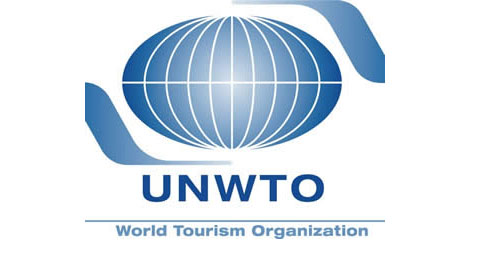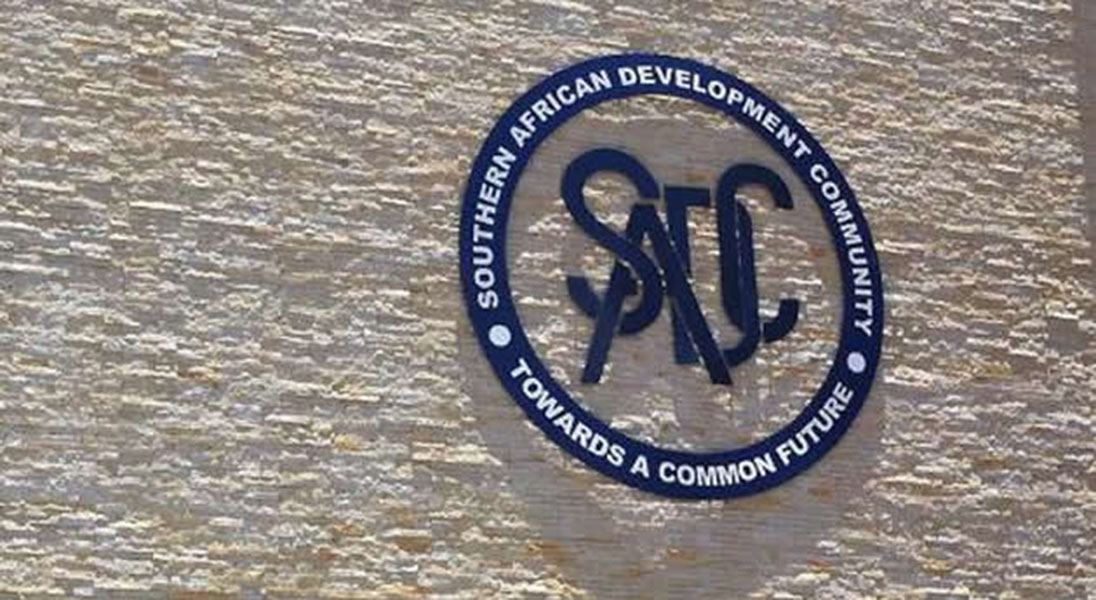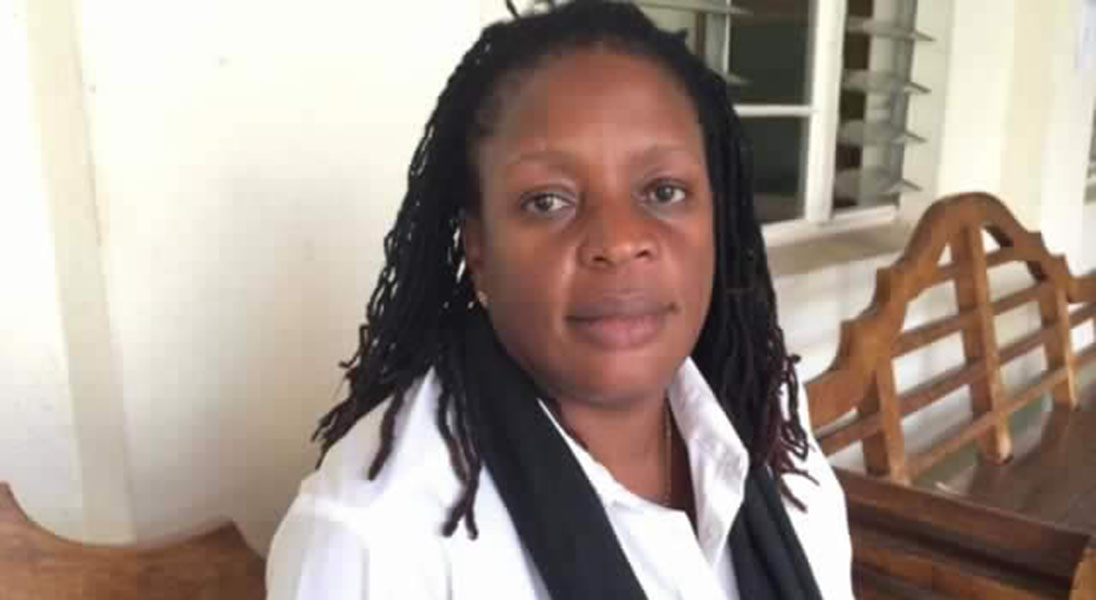Support for science vital
- By Zimpapers Syndication |
- 30 Apr, 2025 |
- 0

Sifelani Tsiko ---
Lack of research funding is hurting the Zimbabwean dream to become a technology-driven economy.
Without the dollar sign, prospects to industrialise the economy to create broad-based prosperity will remain a distant dream.
The government has not done much to support innovation and research in the country. Investment in basic research is none or little and this has affected the country’s efforts to industrialise by adding value to its raw materials and other intangible assets.
A US$1,5 million research fund facility announced by the government this year is inadequate and if at all accessible to a growing army of young innovators.
There is little evidence of real and tangible financial support for researchers in institutions of higher and tertiary education as well as others who are having to depend on their own resources to innovate.
The traditional promise of opportunity born from hard work and determination to innovate has been frustrated and neglected by a troubling lack of investment in basic scientific research.
Investment in research and innovation supports the health and economic prosperity of the country and helps to upgrade the competence of people through enhanced education in science, technology, engineering and mathematics.
If adequate resources are availed, it will go a long way to develop the capacity of Zimbabwean scientists to use available scientific and technical knowledge to diversify the economy and keep up with rising waves of technological innovations and start-ups emerging on the continent.
Let us look at a few inspirational examples from Zimbabwe that have gone largely uncelebrated and poorly funded.
On July 21 this year, a young school drop-out and Zimbabwe’s own “Bill Gates” – Sangulani Chikumbutso, unveiled his four major African and world-changing innovations – a green power generating machine, a helicopter, an electric car and drone using rudimentary materials sourced from the capital’s popular Siyaso market in a ‘eureka’ moment that will revolutionise the country’s energy and transportation system.
Chikumbutso, founder and head of Saith Holdings, got a standing ovation when he unveiled his prototypes at the Bluff Hill Industrial Park to an audience which could not believe a Zimbabwean could make the crucial innovations using basic but highly engineered materials to design a helicopter, drone, electric car and a green power generating machine.
The “Bill Gates of Zimbabwe” who only went as far as Form Two, before he dropped out Dzivaresekwa High School, designed what he calls the ‘Saith IS – 497 HB’ hybrid helicopter which runs on six different types of fuel without making any adjustments on the engines.
The two-seater helicopter, incorporates design features which include a two-bladed rotor system and an open interior cabin configuration.
In addition, Chikumbutso designed and developed a Greener Power Machine which uses a Micro-Sonic Energy Device (MSED) that generates electrical power by converting high radio frequency energy directly into electricity.
The MSED is both a renewable energy with zero emission and has no noise pollution, no moving parts, low maintenance costs while it also offers off-grid and on-grid solutions. It can generate half a megawatt of power.
For all his knowledge prowess and innovation, Chikumbutso never got a penny from any research or tech hub fund.
His innovations were made possible through a US$500 000 research fund from an Angolan financier Dr Teddy de Almeida who has since helped Saith Holdings to clinch deals for green power generators in Angola and Brazil.
Even though, Chikumbutso failed to provide reliable documents to show calculations, methods, designs and materials use in his innovations to a panel of experts set up to prove his claims, the mere fact that he never got financial support from government or any other local funders hurt Zimbabwe’s dream to become a technological hub.
The panel concluded that he was an innovator ‘par excellence’ who needed support to unlock his talents which could spur the technological versatility of young innovators.
Another case in point, is the outpouring of intellectual and technological innovations at the Harare Institute of Technology.
HIT has grown in step with the country’s technological and industrialization agenda producing and developing prototypes on energy-efficient machines, a batch reactor for ammonium sulphate production, manufacturing of bio-degradable plastic, design and manufacturing of solar-powered lawn mower as well as the invention of an integrated ‘crushing’ machine for sustainable gold mining.
In addition, researchers at HIT have developed numerous applications for food processing, female cancer biomonitor mobile application, web based market linkage system for smallholder farmers and commercial production of pharmaceutical drugs using indigenous plants.
HIT is also working on a programme to analyse all indigenous herbs in order to develop methods on how best they can be used and packaged commercially.
Other interesting innovations which were showcased at the institution’s 10th anniversary included a tobacco grading machine, liquefaction technologies for coal to fuel conversion, water purification technologies, self-regulating solar driers for hygienic processing of meat, fruits, cereals and vegetables, a cabbage cutting machine.
HIT also showcased how electricity could be generated from Chibuku (opaque beer) waste or tyre and plastic waste using integrated gasification technology.
These are just two examples among many that have gone without adequate funding to see the innovations through to the commercialization stage.
Zimbabwe’s economic transformation through innovation is within reach but the dream has proved elusive owing to lack of funding and lack of practical mechanisms to support young innovators in the vast field of science and engineering.
Renowned biochemist, Prof Christopher Chetsanga says enhanced education in science, technology, engineering and maths offers the country greater opportunities for creating new economic combinations for technological advancement.
He says funding is the first fundamental law as the country seeks to pursue strategies to identify, acquire and domesticate emerging technological innovations to boost its prosperity.
Says Prof Chetsanga: “I find it most rewarding to rub shoulders with young scientists aspiring to carry the scientific flag to higher ground. I carry an emotional banner for the advocacy of the development of science and technology in Africa.
“Support for research institutions is crucial for the development of Zimbabwe's knowledge economy. The level of domestic and S&T capability determines the success or failure of a given country to benefit from technology transfer but lack of funding has crippled everything.”
Zimbabwe has so many streams crying for the water of funding and these include health, agriculture, environment, pharmacy, information and communication technology, climate change, nanotechnology, and biotechnology.
There are also vast opportunities in electronics, pharmaceutical production, chemical engineering, manufacturing, quality control, packaging, molecular biology, logistics and marketing.
HIT Vice Chancellor Eng Quinton Kanhukamwe says there is need to promote techno-preneurship (process of starting a business) among young innovative students to create jobs and bring about broad economic transformation.
“Techno-preneurship is what Zimbabwe needs,” he says. “We have lots of innovations in our institutions but the major hurdle is getting money to move to the commercialization stage, a key and central part of the country’s quest for technological advancement.”
Concurs Prof Idah Sithole-Niang, a biotechnology researcher: “It has crippled us and we can’t churn out research outputs regularly. It’s not because people don’t have the skills and the requisite competence but it’s because there is no funding.
“We have the knowledge and skills to do competitive research at both regional and international levels but we just lack the funding. Universities have no access to state funding and whatever it there is just too little for meaningful research to take place.”
By comparison to other Sadc countries, Zimbabwe’s investment in research and development as a percentage of the gross domestic product has failed to keep pace with the standard set by the African Union’s 10-year Science, Technology and Innovation in Africa Strategy (STISA – 2024) which seeks to reposition Africa as a technology driven economy, away from the supplier of raw materials for the global economy.
Zimbabwe, ranks very low in overall research and development investments, behind countries such as South Africa, Namibia and Kenya.
The Government, owing to lack of resources, has failed to fulfil its one percent of GDP obligation for S & T.
A lack of investment in the research can discourage young people from entering the field of science and engineering and one researcher remarked that: “To expect continued technological advancement and job growth without investing in research is akin to attempting to operate an automobile factory without a loading dock for steel, aluminum or rubber.”
Everything, it seems points to the need to establish more long-term and sustainable funding from the government while universities should adjust some of their policies to allow for more collaboration with the private sector.
Supporting basic research at universities can in turn help support job growth in the private sector, which often draws on the products of university research for their own business.
Funding individuals is essential to the research enterprise. To attract and retain smart, aggressive people in the field of research, resources are key as well as a conducive research environment with clear funding, research and development, commercialization and techno-preneurship policies.
No Comments














Comment